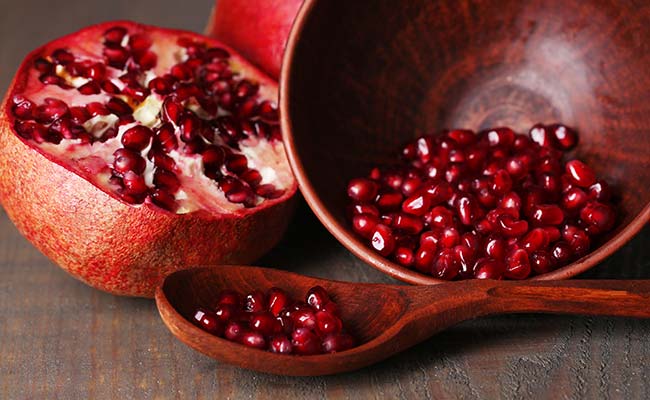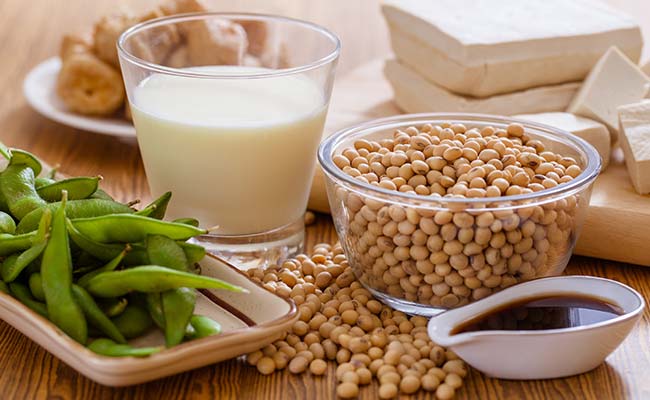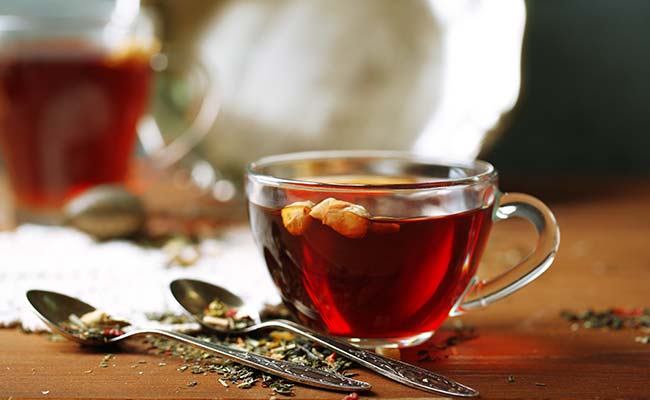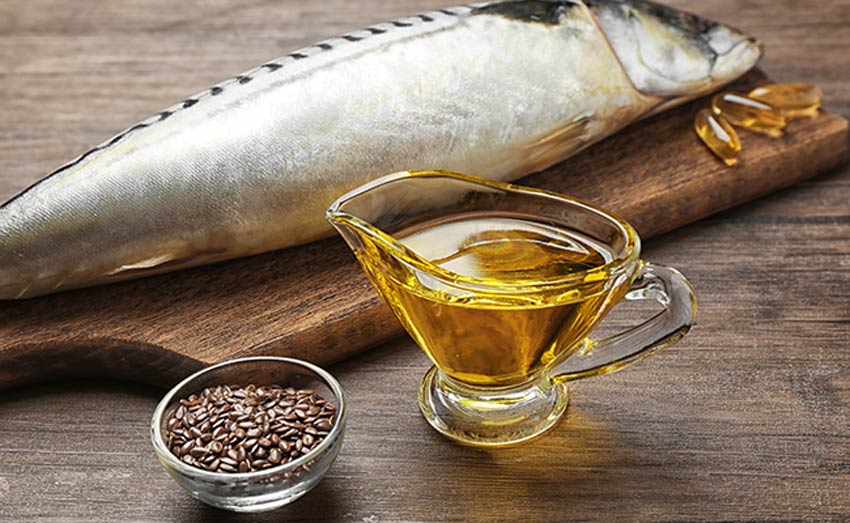Foods richest in flavonoids
Flavonoids are a diverse group of phytonutrients (plant chemicals) found in almost all fruits and vegetables. With carotenoids, they are the ones that color their skin . Flavonoids are the largest group of phytonutrients; there are more than 6,000 ! Some of the more well-known flavonoids are quercetin and kaempferol.
In recent years, scientists have turned to various flavonoids to explain the benefits of a diet rich in fruits and vegetables .
But what are these famous flavonoids and in what foods are they found?
Flavonoid groups and their dietary sources
There are several significant groups of flavonoids including anthocyanidins, flavanols, flavones, flavonols, flavonones and isoflavones. In the flavanol subgroup there are even more subgroups. Each of these subgroups and each type of flavonoid has its own set of actions and benefits.
Flavones
These include luteolin and apigenin. Good sources of flavones are celery, parsley, various herbs, and hot peppers.
Flavones are associated with overall antioxidant benefits and delay drug metabolism.
Anthocyanidins
These include malvidin, pelargonidin, peonidin and cyanidin.
Good sources of anthocyanidins include red, purple and blue berries, pomegranates, plums, red wine, and red and purple grapes.
Anthocyanidins are associated with heart health, antioxidant effects, and prevention of obesity and diabetes.

Flavolones
These are hesperetin, erodictyol and naringinin. Flavonones are found in abundance in citrus fruits .
They are associated with cardiovascular health, relaxation, and overall antioxidant and anti-inflammatory activity.
Isoflavones

This subgroup includes genistein, glycitein and daidzein. Isoflavones are highly concentrated in soybeans and soy products, as well as in legumes. They are phytoestrogens, which are chemicals that act like the hormone estrogen .
Scientists suggest they may be beneficial in reducing the risk of hormonal cancers such as breast, endometrial and prostate cancers, although study results are currently mixed.
They are also being studied as a way to treat symptoms of menopause
Flavonols
This widely distributed flavonoid subgroup includes quercetin and kaempferol. They are found in onions, leeks, Brussels sprouts, kale, broccoli, tea, berries, beans and apples.
Quercetin is an antihistamine associated with the relief of hay fever and hives. It is also known for its anti-inflammatory benefits . Kaempferol and other flavonols are associated with potent anti-inflammatory and antioxidant activities leading to the prevention of chronic disease.
Flavanols
There are three main types of flavanols: monomers (better known as catechins), dimers and polymers . Flavanols are found in teas, cocoa, grapes, apples, berries, beans, and red wine. Catechins are particularly present in green and white teas, while dimers, which are associated with lowering cholesterol, are found in black tea.
Scientists believe that catechins may help relieve symptoms of chronic fatigue syndrome. Catechins are also associated with cardiovascular and neurological health.

In conclusion
Flavonoids have many health benefits and are easy to include in our diet. They have powerful antioxidant properties and can help manage symptoms of inflammation, strengthen the immune system, and improve recovery in athletes.
Read also
- All about flavonoids
- How to strengthen your immune system?
- Our tips for healthy eating
- Why take a multivitamin?



